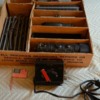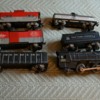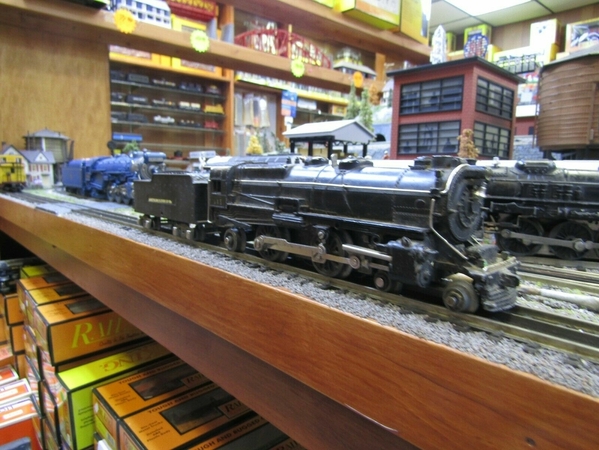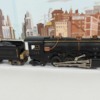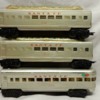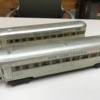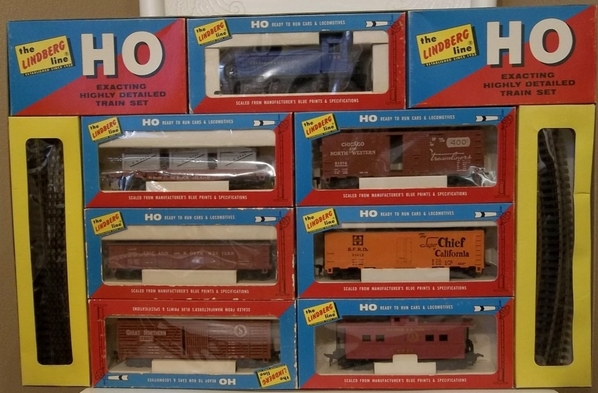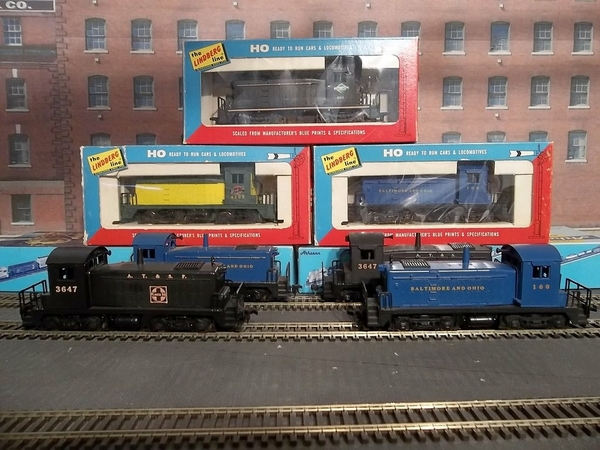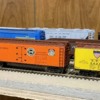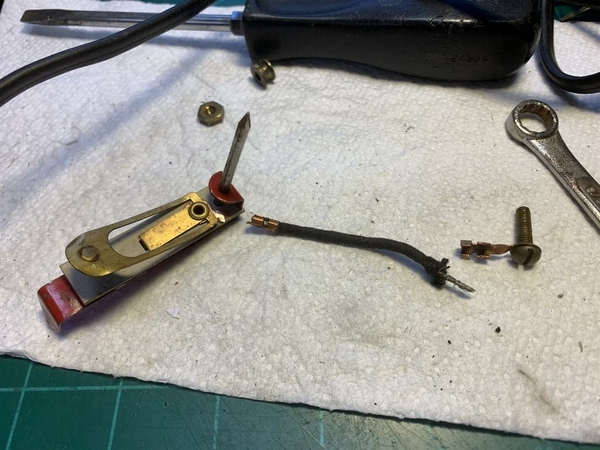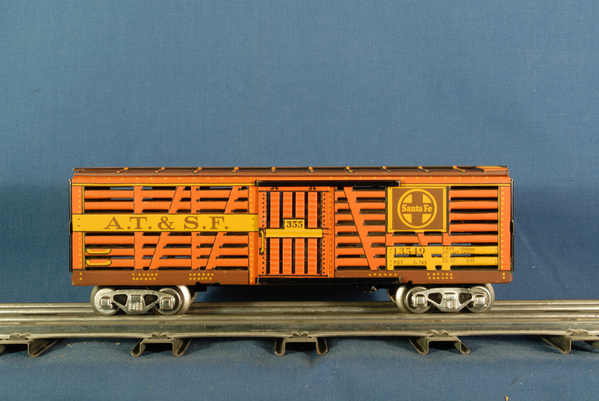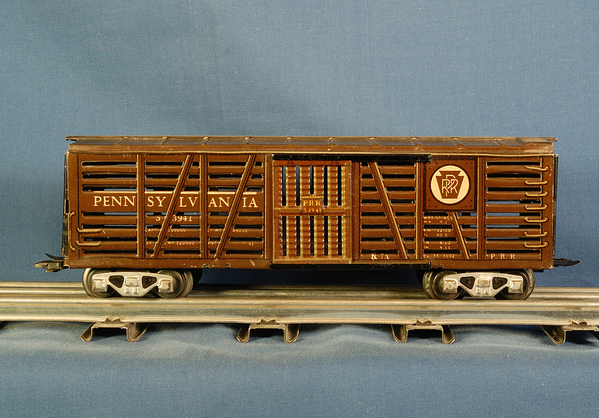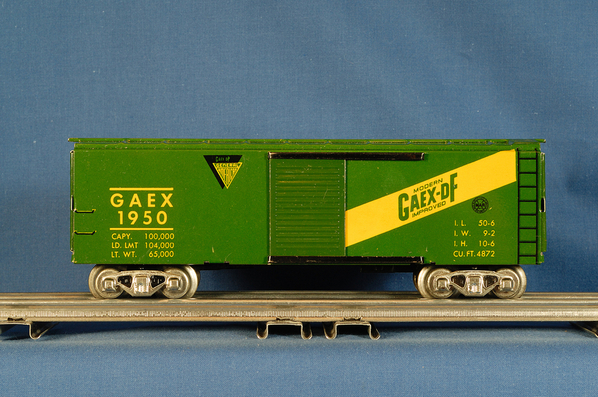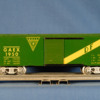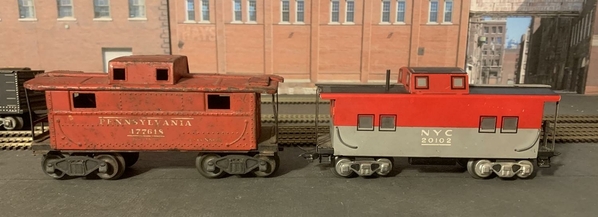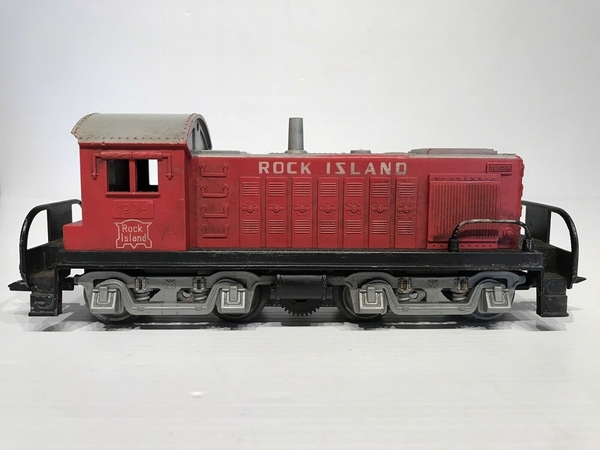Hi All:
For many years I've had an interest in Marx lithograph trains. With only a few aberrations, my main interest is in the 3/16" 8 wheel cars and engines for same. (The two abertations: The little 4 wheel FM's!)
My interest in Marx 3/16" has its roots back in '59 or early '60 when I was 7 or 8 years old. Before Christmas, I was given a hand-me-down set from some family friends, for their son had "outgrown" his trains. (I think he was late high school aged.) That little set brought me a lot of fun, and over the next few years I played and played with it. For Christmas of '62 I received a Lindberg Lines HO set, and HO has been my primary "serious" model train medium pretty much ever since. (There were a few years of scale/theme experimentation as I tried to "re-imagine/find myself" in the hobby!) Soon after receiving my Lindberg Lines HO set, I gave my Marx set to my younger cousin. I have no idea what ever happened to it.
Off/on during the past several years, the Marx enthusiasts here at OGR have been patient with me as well as kind enough to help me know more about those 3 rail trains I had when I was but a lad.
Still, though, I didn't cave in and take the plunge and pick some some Marx 3/16" stuff.
Recently, by again sharing bits and pieces of memories and recollections, OGR's Marx fans helped me piece together my memories and sure enough, I think they actually were able to distill what set I had been given way back so long ago. In fact, they pretty much nailed it down that I had a 25225 set.
For gits n' shiggles, the past day or so I've been browsing eBay for 3/16" items, mainly just looking at what was available and enjoying the trip to Nostalgia Land.
Then I saw this:
And the contents...
It appears to be just like the set I was given so many decades ago. It's a humble little set, and very toy oriented, but as I viewed the above (and more) pictures of the set's contents... I felt that yup, this is what I had when I was a youngster. I was a goner.
SO, I've purchased it.
Thus, I'm starting a new thread here in the Tinplate forum to learn more about Marx 3/16" litho trains, and it must might be, that I'll pick up a "few" more items over the coming weeks, months, years! ![]()
All fer now. My first questions will be posted shortly.
Andre











